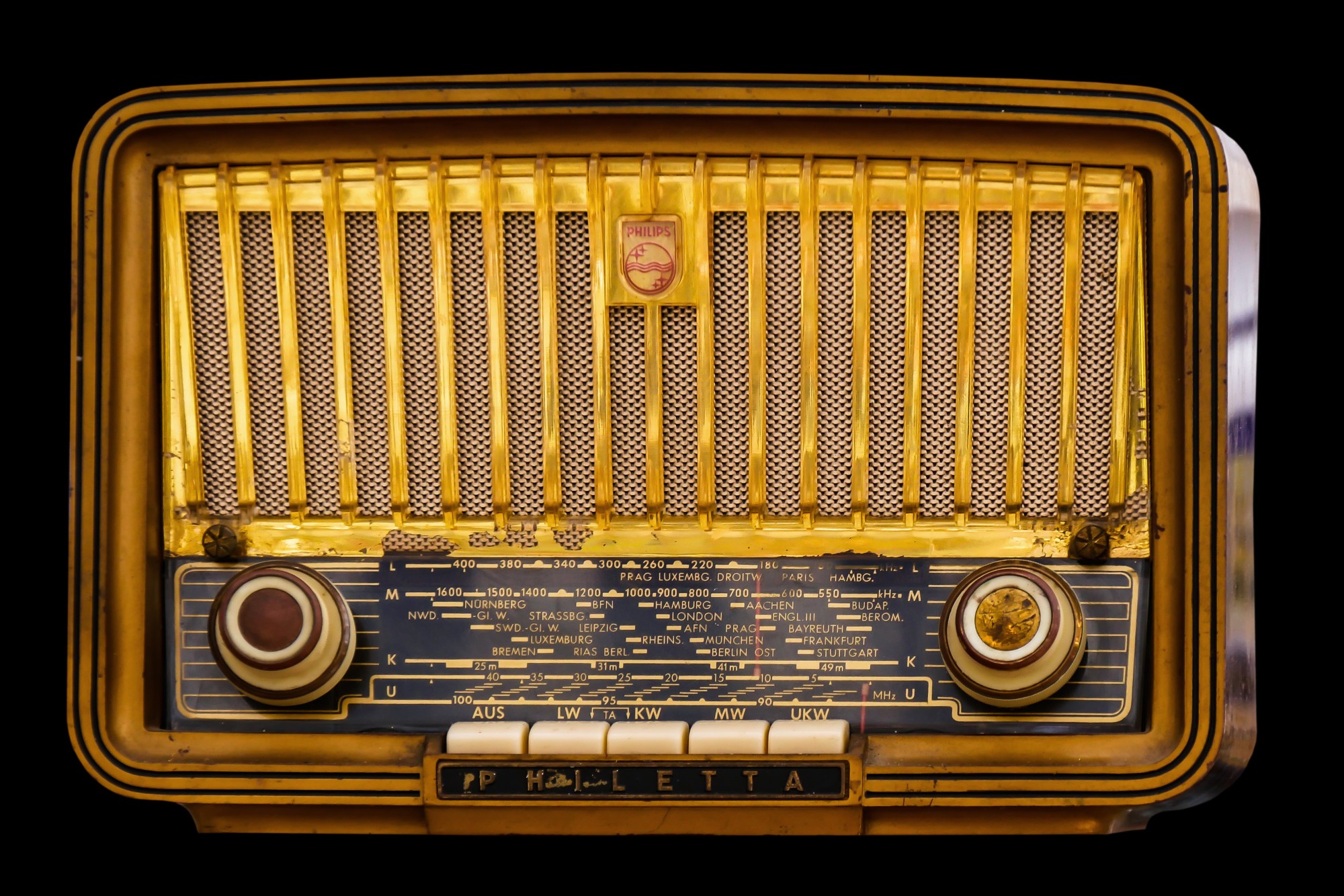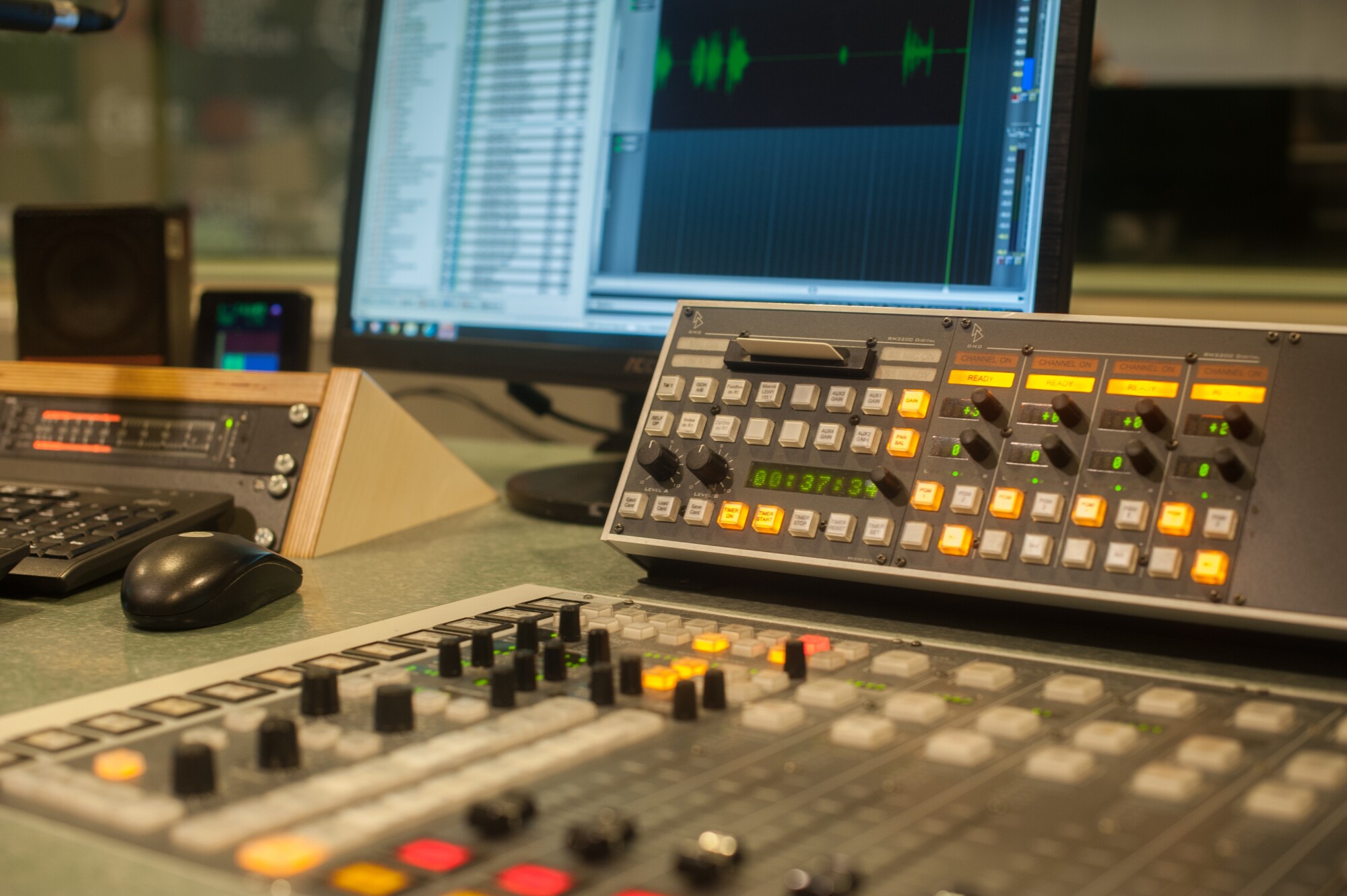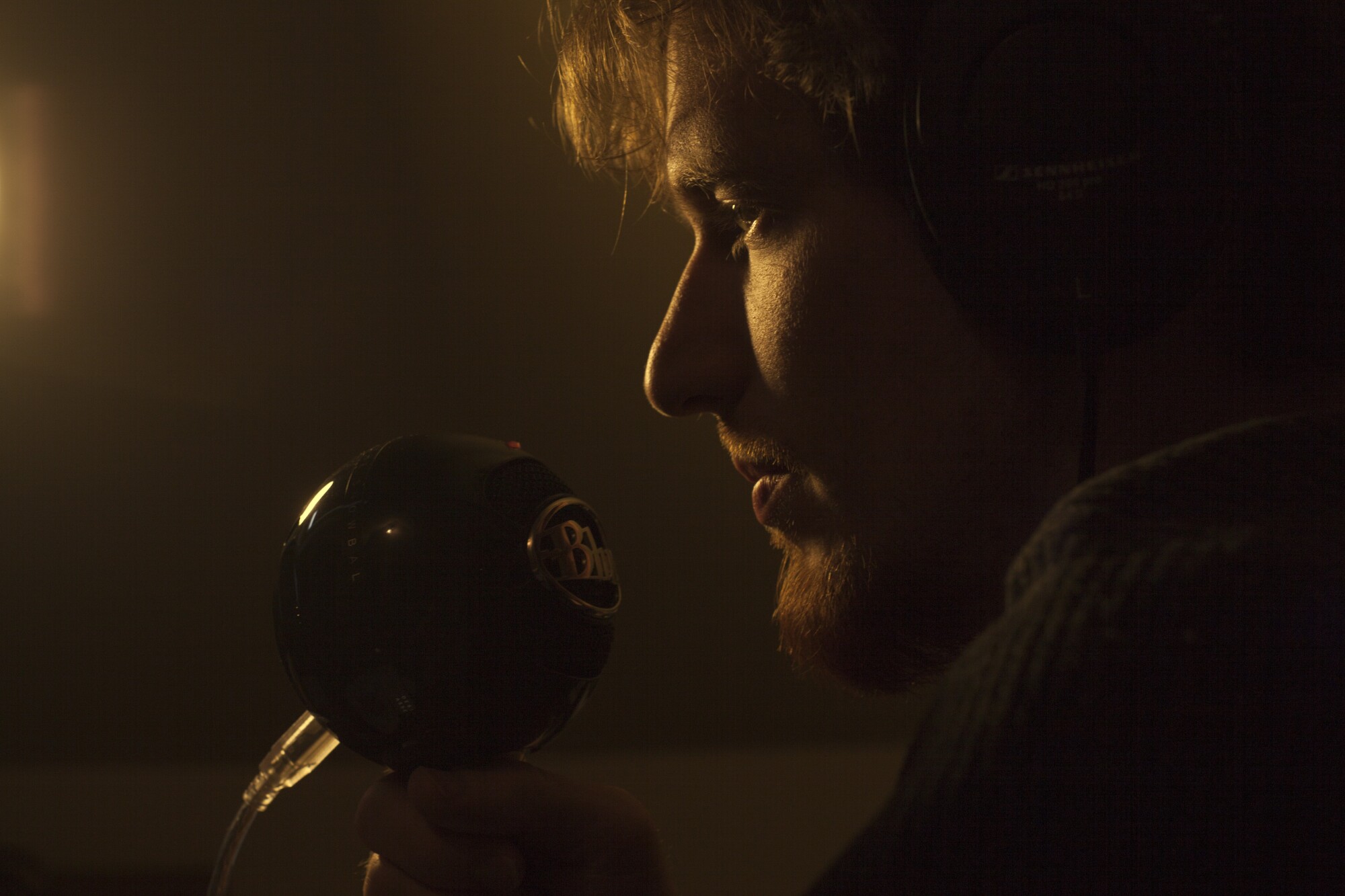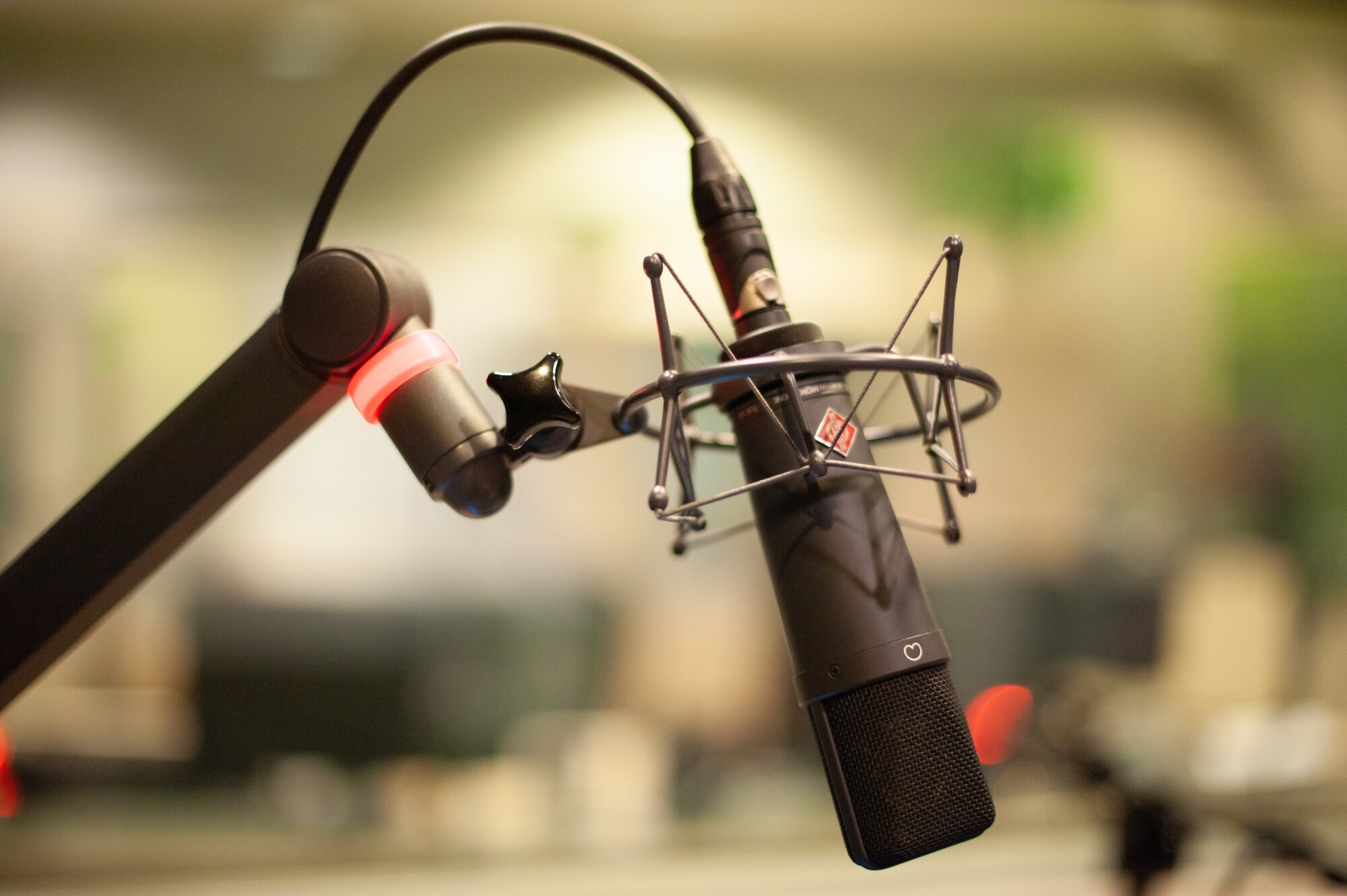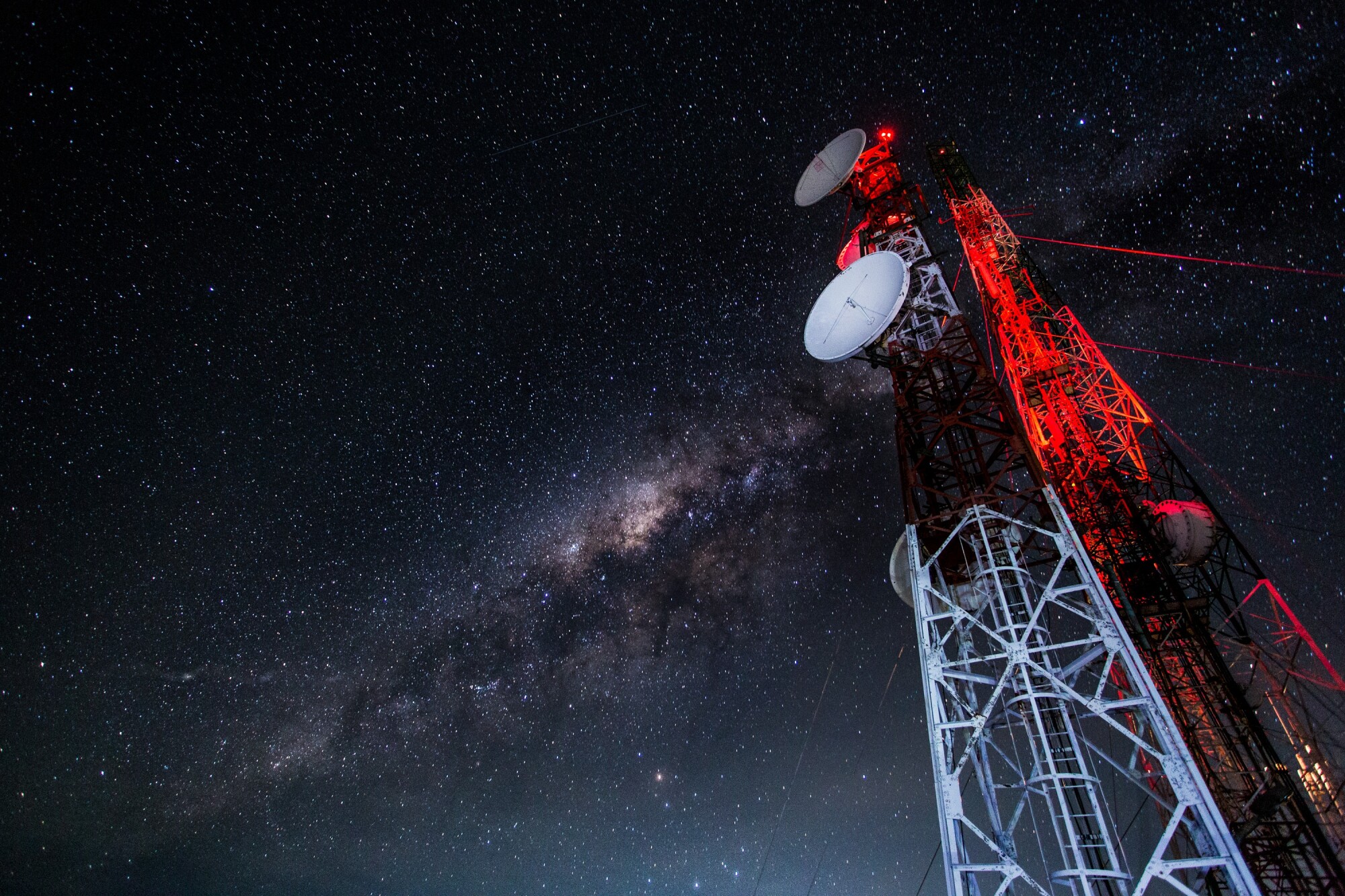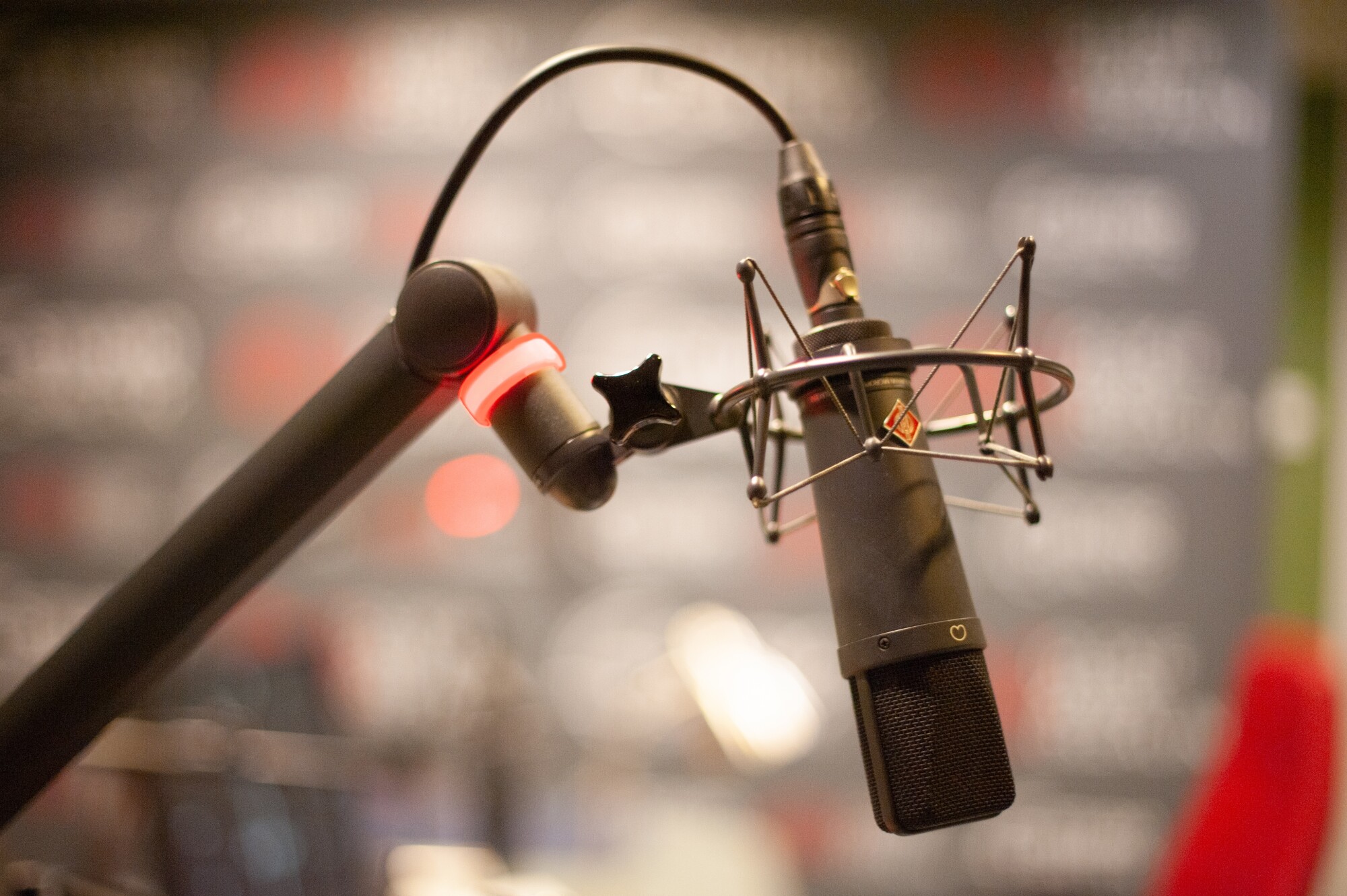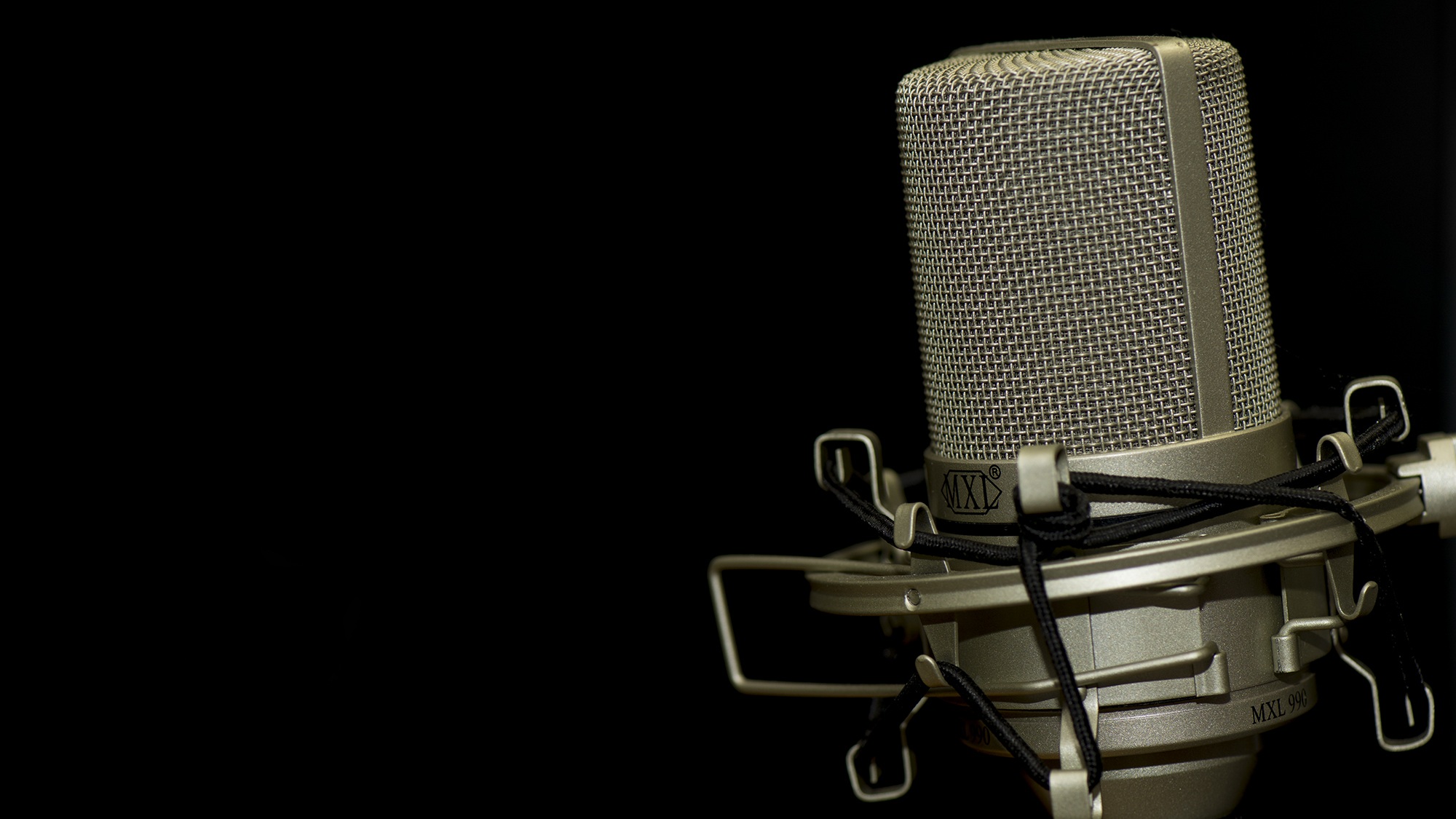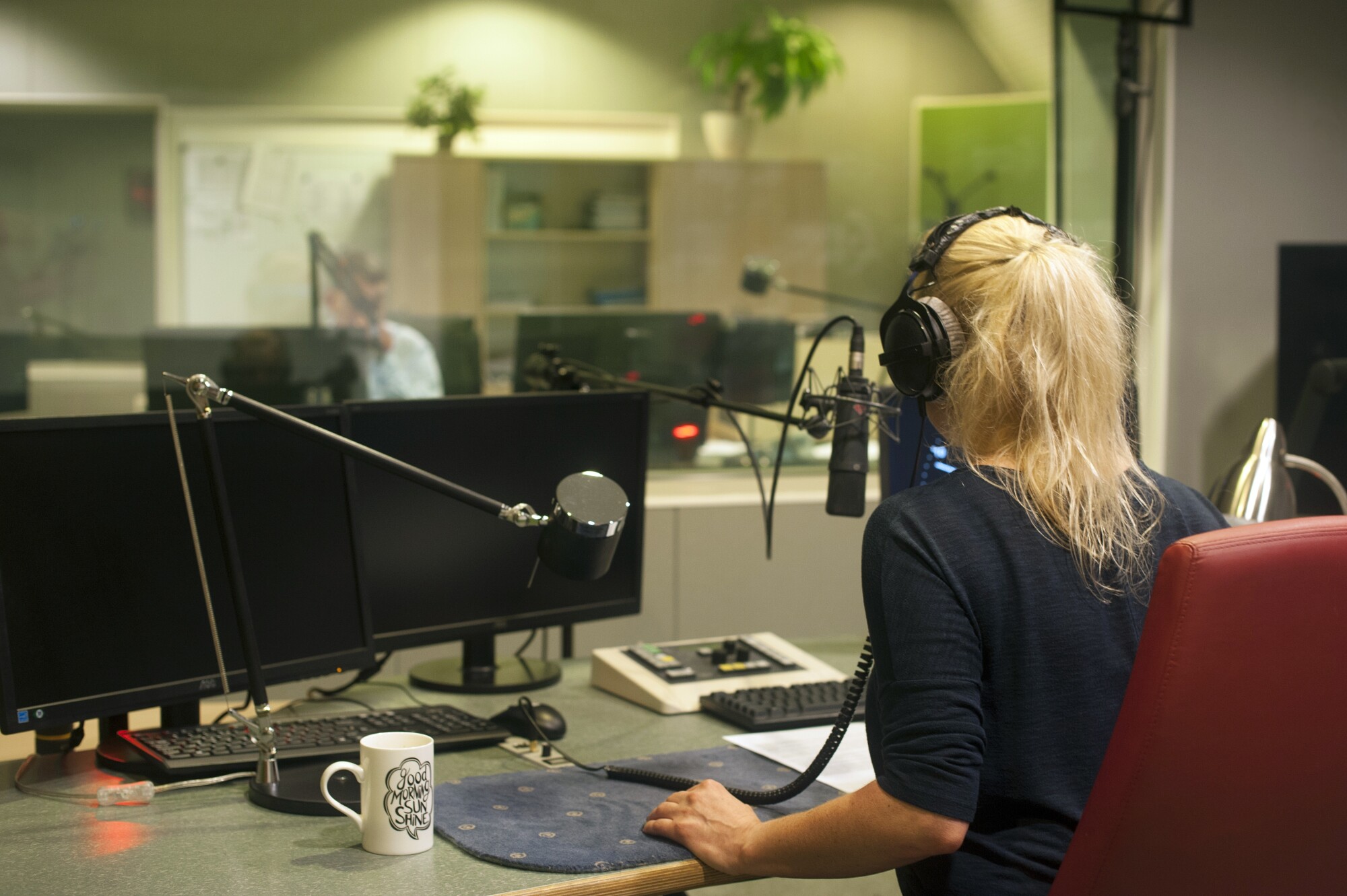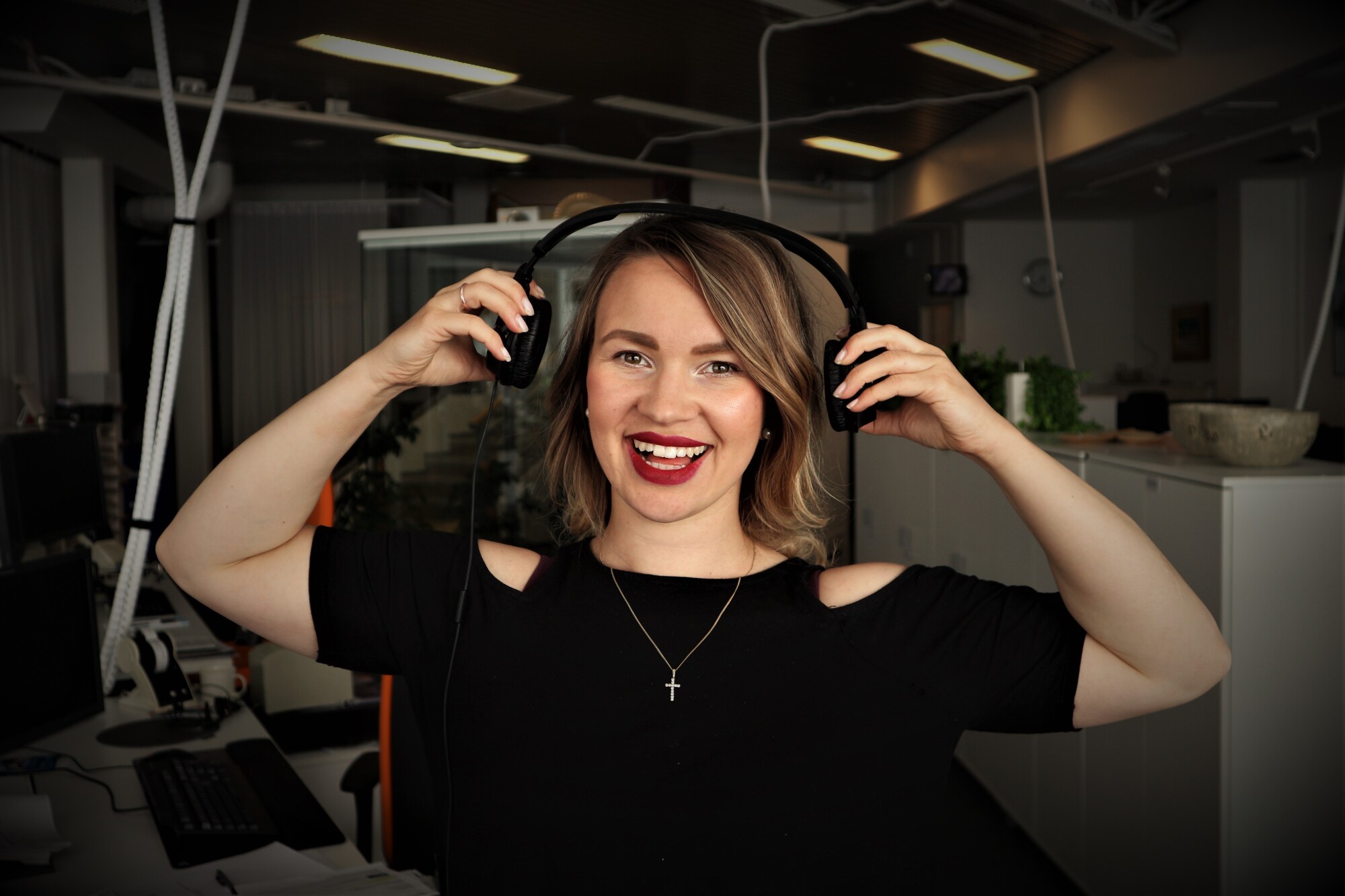If a tree falls in the forest but there’s nobody there to hear it… does it make a sound? In the same vein, if a radio station is producing top-quality programming but has no listeners… at the end of the day what’s it all for? When you’ve got content you’re proud of it’s natural to want to share it with the world.
Amazingly, 92% of Americans still listen to the radio each week, so you’ve got a huge pool of potential listeners to work with. It’s just a matter of reaching them. That’s where radio marketing comes in.
If you want to learn the fundamentals of radio station promotion you’ve come to the right place. Read on for everything you need to know.
1. Define Your Branding Identity
The first step in any sort of marketing strategy will be to define the image you’re looking to project. You can’t market yourself if you’re confused about your identity. If you haven’t done this already, it’s time to think about the type of radio station you want to be.
What’s your mission statement? what are you setting out to achieve with your station? Do you want to entertain the masses, dispense advice, or share new and exciting music?
Once you know who you are and what you’re about you’ll have a much easier time communicating this to everyone else and capturing the attention of your target audience.
2. Work With Exciting Guests
One of the things you can do to gain listeners for your station and its programs is to invite exciting guests to appear on your shows. It can be helpful if these guests are well-known in their own right but really any guest with a compelling story to tell will be a boon.
Personal stories resonate with people so speaking with guests always makes for good listening. You can then promote these programs with the hopes of reaching specific audiences. Your guests will also be able to tell their own audiences about their appearance which will allow you to reach an entirely new and untapped group.
3. Get Your Socials Sorted Out
No radio marketing strategy would be complete without an element of promotion on social media. Platforms such as Facebook, Twitter, and Instagram are the perfect place to build a following and promote the content you’ve got on offer.
You can let listeners know when you’ve got new episodes coming out and tie in a social media campaign with a show or series. This is also a great way to connect directly with your listeners to listen to their comments, answer their questions, and take their suggestions on board.
Radio Marketing 101
The elements of a great radio marketing strategy aren’t all that different than that of a traditional marketing strategy. You need to produce quality content, know your niche, and take advantage of modern tools like social media to build up a following.
If you’re in need of help with boosting your station’s profile we’d be happy to help. Check out our complete list of services now to see what we can do for you.


